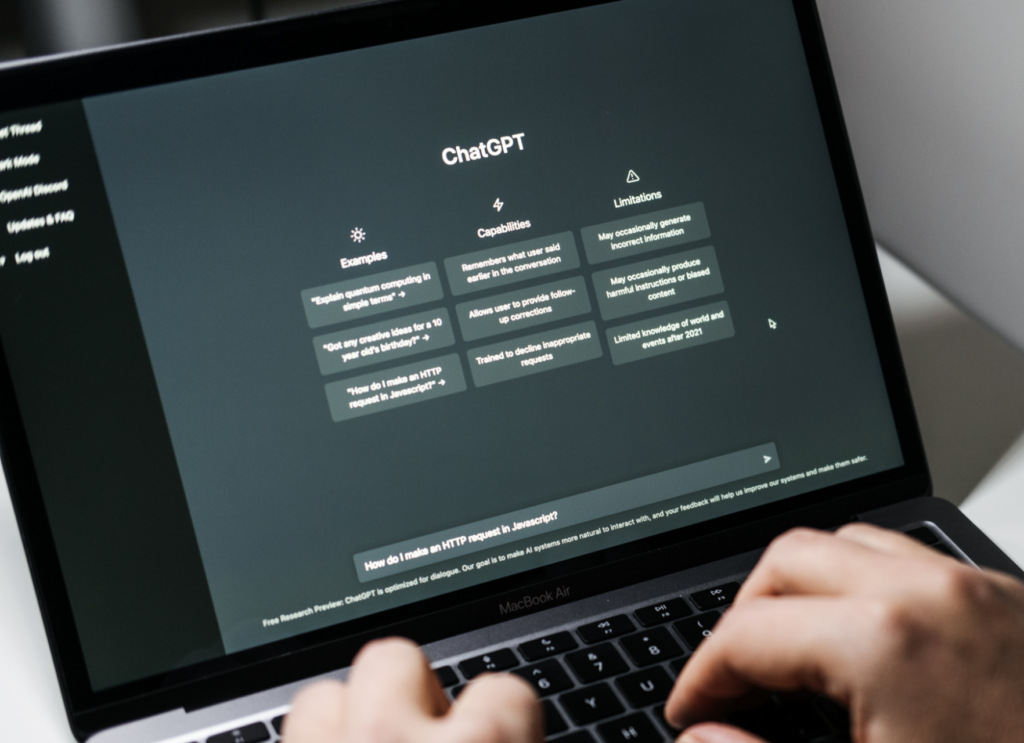OpenAI: Scaling Kubernetes to 7,500 Nodes
The American software company OpenAI has impressively scaled Kubernetes to 7,500 nodes to revolutionize its AI research (including projects like GPT-3 and DALL·E).
As an IT service provider, we keep a close eye on advanced technological developments in the industry. One notable example is the recent scaling of Kubernetes to 7,500 nodes at OpenAI. This step marks a significant advance in the infrastructure for AI research and development.
Challenges and Solutions
OpenAI’s endeavor to scale a single Kubernetes cluster to 7,500 nodes is a rare and complex undertaking. The main task was to create an infrastructure suitable for both massive models such as GPT-3, CLIP and DALL-E as well as faster, smaller research projects. A key element here was the efficient use of hardware resources, especially GPUs.
Network Infrastructure
A crucial aspect of scaling was the network infrastructure. OpenAI had to move from flannel to native pod networking technologies to achieve the required throughput. The use of iptables for network monitoring was also an important step in optimizing performance.
Monitoring and Health Checks
For monitoring and analysis, OpenAI used Prometheus and Grafana. These tools were crucial for managing the growing number of metrics. Health checks, both passive and active, especially related to the GPU hardware, were critical to maintaining system performance.
Resource Allocation
The fair distribution of resources was made possible by innovative approaches such as team taints and CPU/GPU “balloons”. A particularly interesting approach was the implementation of a gang scheduling plugin that enables efficient allocation and utilization of cluster resources.
Conclusion
Scaling Kubernetes to 7,500 nodes at OpenAI is an impressive milestone in the world of AI infrastructures. It demonstrates not only the power and flexibility of Kubernetes, but also how critical a carefully planned infrastructure is for success in AI research. From our point of view, this example provides valuable insights and inspiration for future IT projects and developments!
Source: OpenAI


